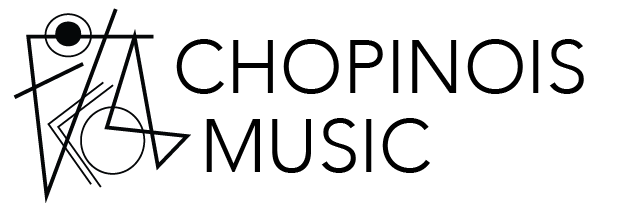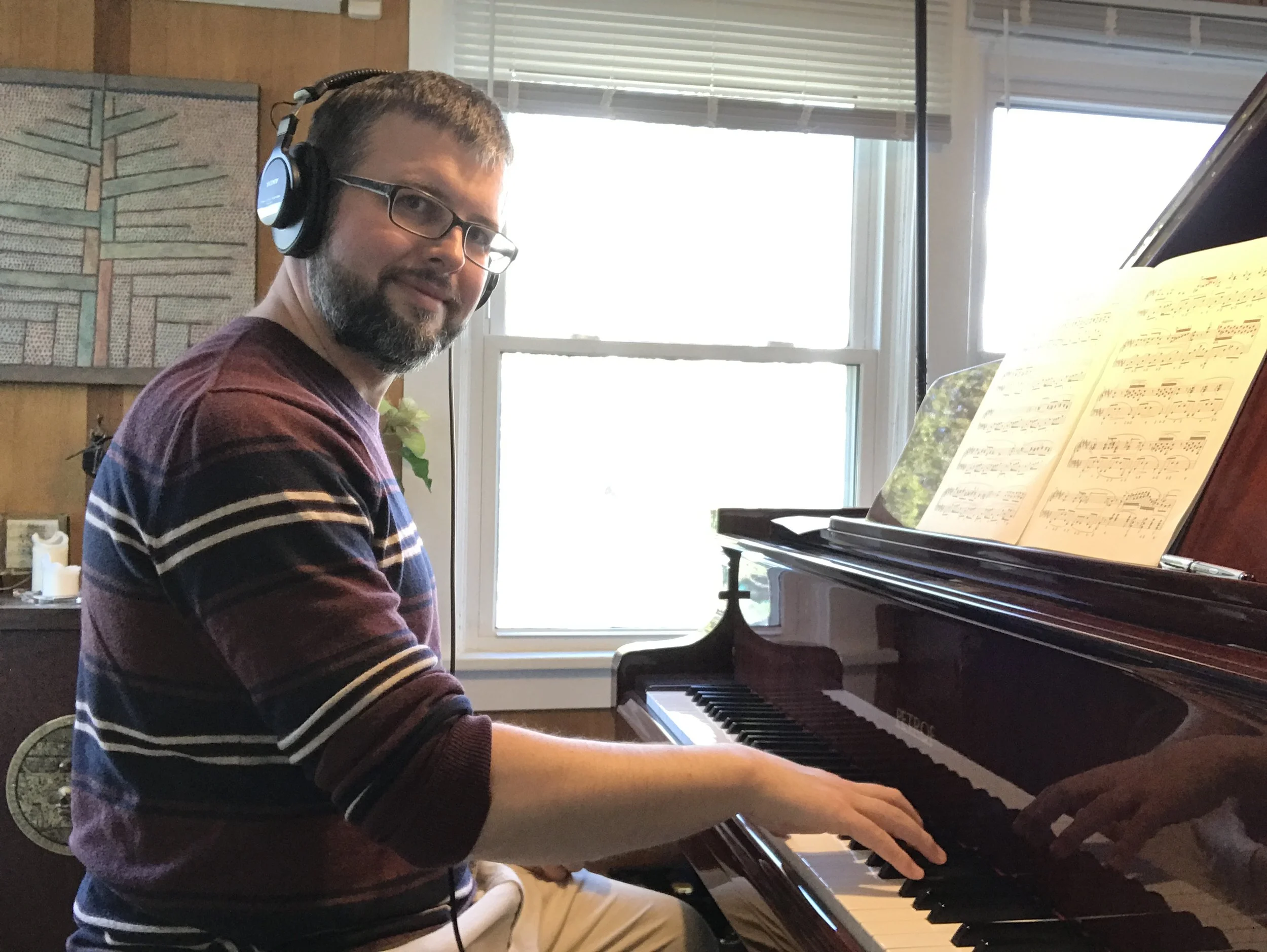Studio Details
Studio Calendar
My studio runs year-round from September-August, with lessons organized into three terms—Fall, Spring, and Summer. I strongly encourage all students to take lessons throughout the year, as prolonged breaks can lead to significant loss of skills learned (much like taking a 3-month break from jogging would significantly impact a runner’s fitness).
Fall and Spring terms each last for 18 weeks and include 18 weekly lessons (available for any student, required of piano students grades 4-12) or 9 every-other-week lessons (available for adult students or composition students only). Students commit to all lessons in Fall and Spring terms and their lesson day and time is the same every week. Fall Term goes from September through mid-January. Spring Term goes from February through June. There are breaks for the Christmas/New Year holidays and for Spring Break; these exact dates vary year to year depending on when the holidays happen in the calendar.
Summer Term is typically 8 weeks and runs from late June through August. Unlike Fall and Spring terms, students can choose which weeks they will take lessons in the Summer Term to help accommodate for vacations and summer camps.
Tuition
Tuition in the Fall and Spring terms is a set rate for the entire Term. It covers 18 weekly lessons (or 9 every-other-week lessons) across the 5 months of the Term.
Tuition for the Summer Term is based on the number of lessons a student signs up for.
Tuition for the 2025-26 year:
60-minute weekly lessons: $375/month, or $1875 for an 18-lesson term
For the full slate of current tuition rates, including 75-minute, 90-minute, and every-other-week options, please see the last page of my full Studio Policy (linked via the button below).
Tuition is committed to on a full-term basis. It can be paid for either once at the beginning of the term for the entire Term, or in five equal monthly payments averaged across the Term.
Please note that tuition is non-refundable (see the full Studio Policy below for more information about Term Commitments, Make-Up Policy, and Cancellations). Tuition payments made on a monthly basis are due on the 1st of each month.
Tuition rates will be updated once a year to reflect cost-of-living changes.


